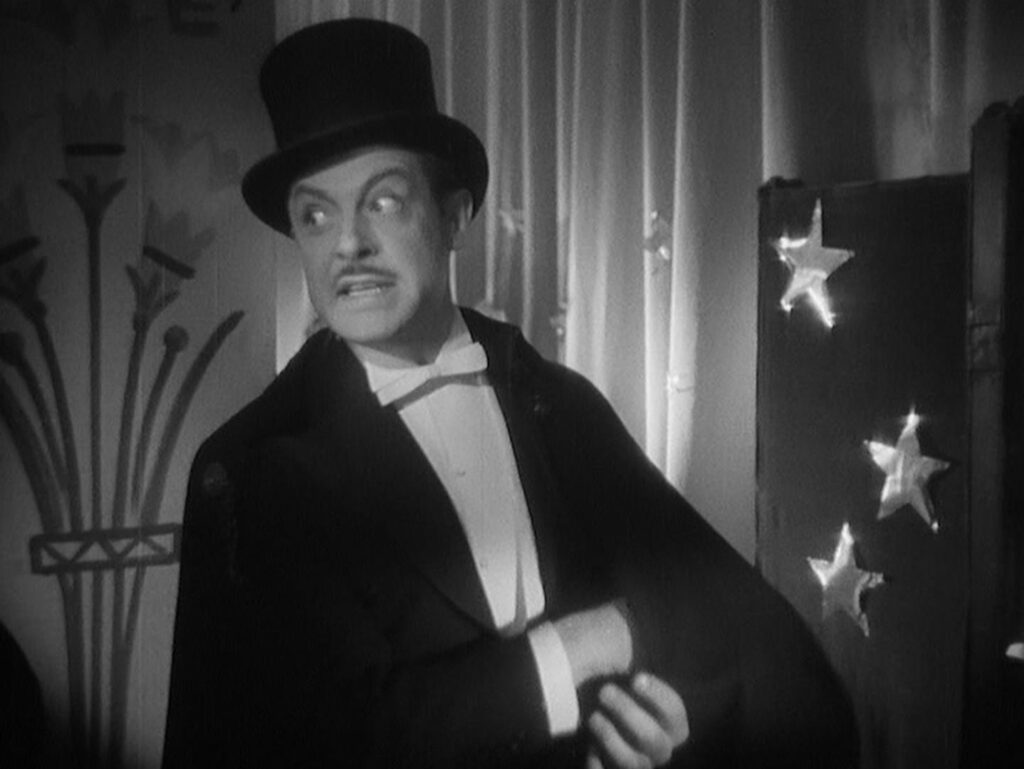
La nuit fantastique
1942, directed by Marcel L’Herbier
As the opening titles roll for La nuit fantastique, each successive screen catches fire, and at the main title the soundtrack shuts down as if someone is forcibly stopping the film. Under Nazi occupation, a burning film or a stopped projector were more than technical problems – they must have been vague reminders of censorship. Of course by the time it screened, La nuit fantastique had already passed the censorship board, so these imaginary signs of suppression served the ironic purpose of hinting that the film could have been censored. They directed a sympathetic French audience to look for forbidden or subversive content ahead. In fact, of all the anti-Nazi allegories made in France during the occupation, La nuit fantastique is one of the boldest messages of support for the Resistance.
We now know that many of the figures behind La nuit fantastique were enemies of fascism. Lead actor Fernand Gravey played Denis during the day and fought for the Resistance at night. The Germans would soon ban one of the four writers, Louis Chavance, from working, and another writer, Henri Jeanson, was already in hiding. Nevertheless most reviews today treat the movie as little more than an eccentric fantasy. By overlooking the movie’s ulterior purpose, critics fail to pay due respect to the brave and clever acts of defiance behind the dreamlike imagery.
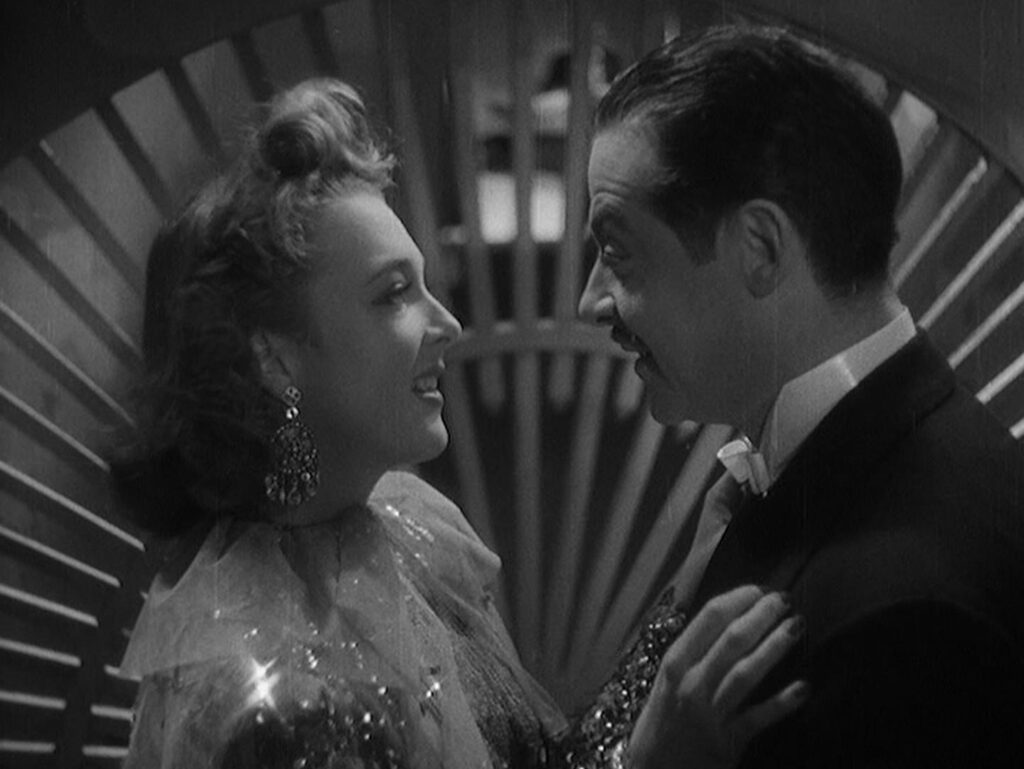
The characters’ names sketch the hidden story before the fantasy begins. Denis, named for the patron saint of the Kingdom of France, falls in love with an elusive dream woman whose name Irène is Greek for “peace”. France, in other words, was dreaming of a peace that felt out of reach. Irène is engaged to a cadet, a dumb soldier who knows nothing about her but is only interested in her looks, like the German forces who only cared about the appearance of peace. Denis’ roommate Boris apologizes for stealing his money and girlfriend, like the USSR, a duplicitous ally that had recently split up Poland with Hitler. Nina’s haughty personality, stylish hat, and alliterative name link her to fashion mogul Coco Chanel, well known for fraternizing with Nazis. Nina cheats on Denis as Coco was cheating on France, but he’s hardly bothered because he loves Irène more. Coco Chanel was not just a trivial figure at the time; she was one of the world’s wealthiest individuals, and she represented a whole class, the haute bourgeoisie, who were largely willing to welcome the fascist occupiers.
One evening Denis falls asleep, as usual, at his job in the flower market. A beautiful woman dressed in white trips over him. She looks like his fantasy woman, so he follows her, emboldened by the belief that he is dreaming and his actions don’t matter. The adventures that follow are so strange that Denis remains convinced that he’s dreaming. The extended sequence spans six main locations:
1. Père Tranquille
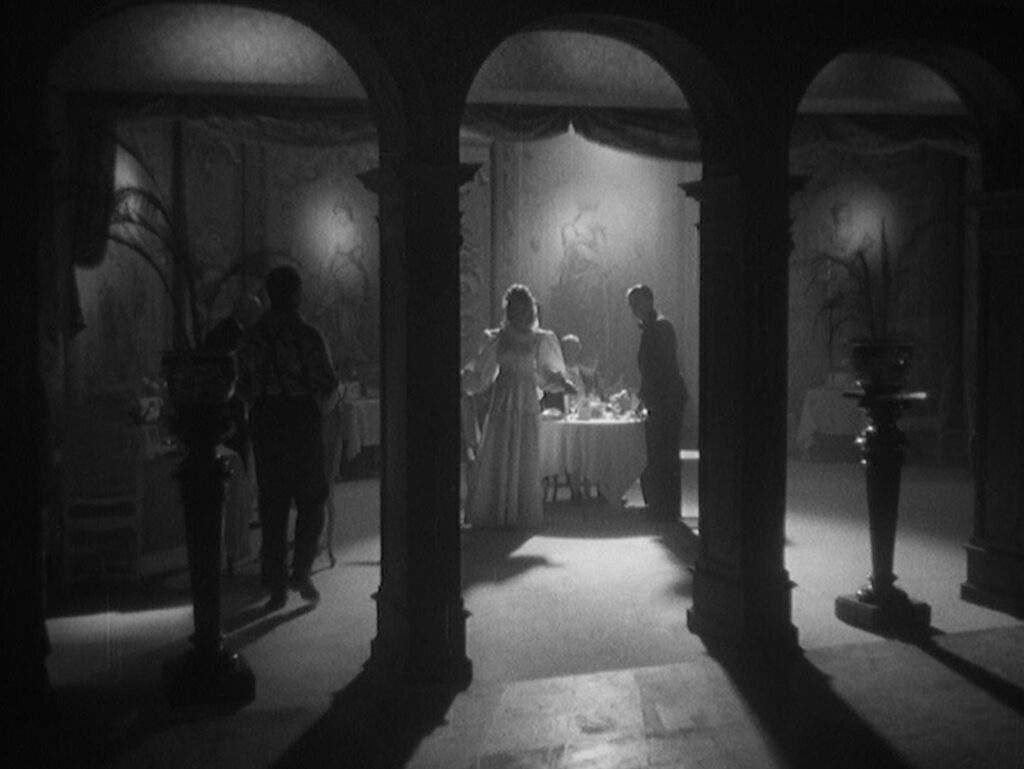
Dressed in worker’s clothing, Denis follows Irène into a restaurant called Père Tranquille, where he introduces himself to Irène and her stepfather Thales and meets her fiancé, the Cadet. Thales’ Greek name is a clue to Irène’s own name, reminding viewers of its Greek origin, without which the allegory’s meaning is lost. The restaurant’s name, which roughly means “Father Tranquility”, reads as “the father of peace” reinforcing the connection between Irène and peace.
2. Academy of Magic
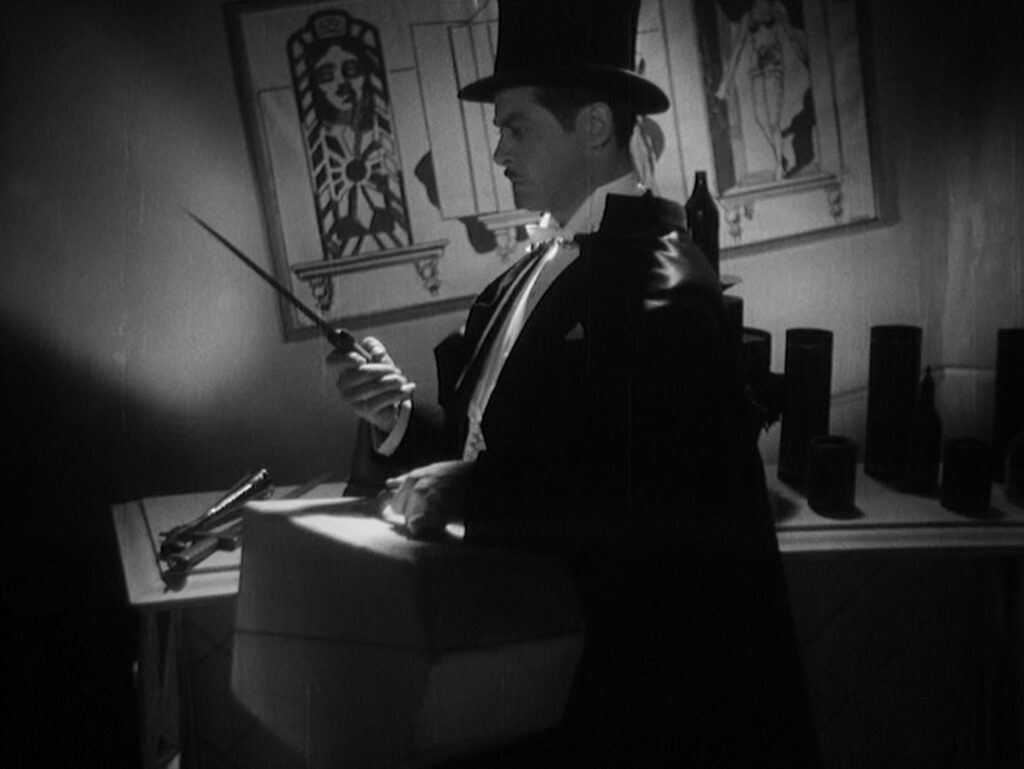
At Thalès’ suggestion Denis delivers a message to Irène at her apartment at the Academy of Magic. She is getting ready to attend a ball at the Louvre, and he invites himself to join her. The message tells her not to forget her head. Any culturally aware French viewer who imagines a headless woman in flowing robes in the Louvre would instantly think of the famous Greek statue nicknamed Winged Victory. By hinting at Winged Victory in coded language, the movie conjures the hopeful image of liberation by British and American airborne forces. Peace, in other words, will come on the victorious wings of allied planes. There is also a brief suggestion of Denis losing his head too, which reinforces his connection to Saint Denis whom the Romans beheaded around the year 250. According to legend he carried his own head all the way from Montmartre to his burial place, today the Cathedral of St.-Denis, preaching out of his severed head as he walked.
3. The Louvre
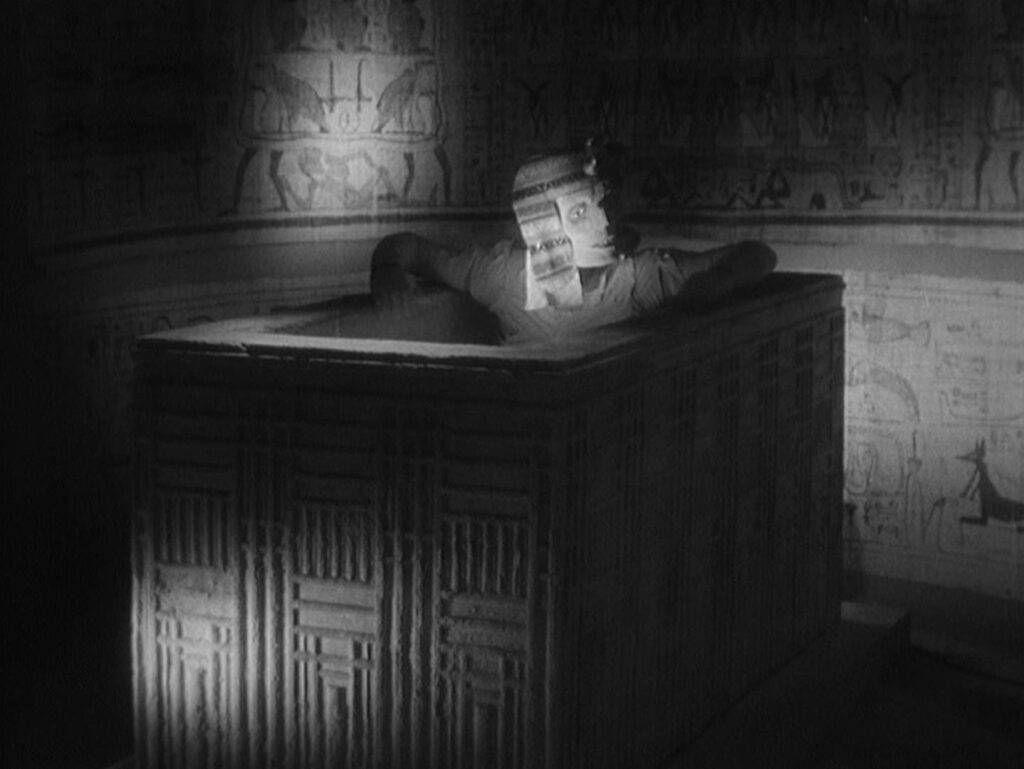
At a dress ball inside the great museum, Thalès and the Cadet conspire to kidnap Irène through the Egyptian exhibit, where Denis quickly rescues her from agents dressed as mummies. In the early part of World War II the Allies were fighting Germany in North Africa, mainly in Libya and Egypt. The promise of peace, therefore, was being diverted through Egypt.
4. 13 Lovers Lane
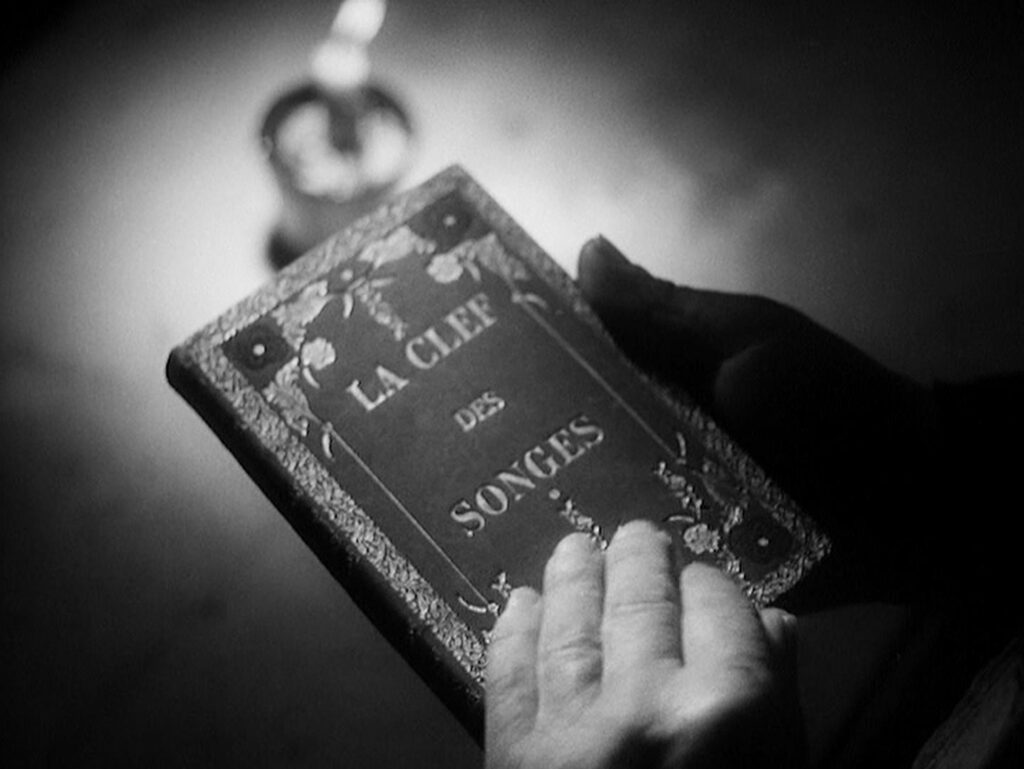
During a brief scene Denis and Irène visit the blind psychic Adalbert, previously introduced in the framing story, in his home at 13 Lovers Lane. Adalbert finds Irène’s birth certificate in a book called The Key of Dreams, which suggests that Peace is real after all. Adalbert was also the name of an 8th century Christian mystic who could reportedly read people’s minds and see the future. For audiences who caught the allusion, Adalbert’s assurance would have been a hopeful sign, raising confidence in France’s liberation.
5. Institute of Dr. Tellier
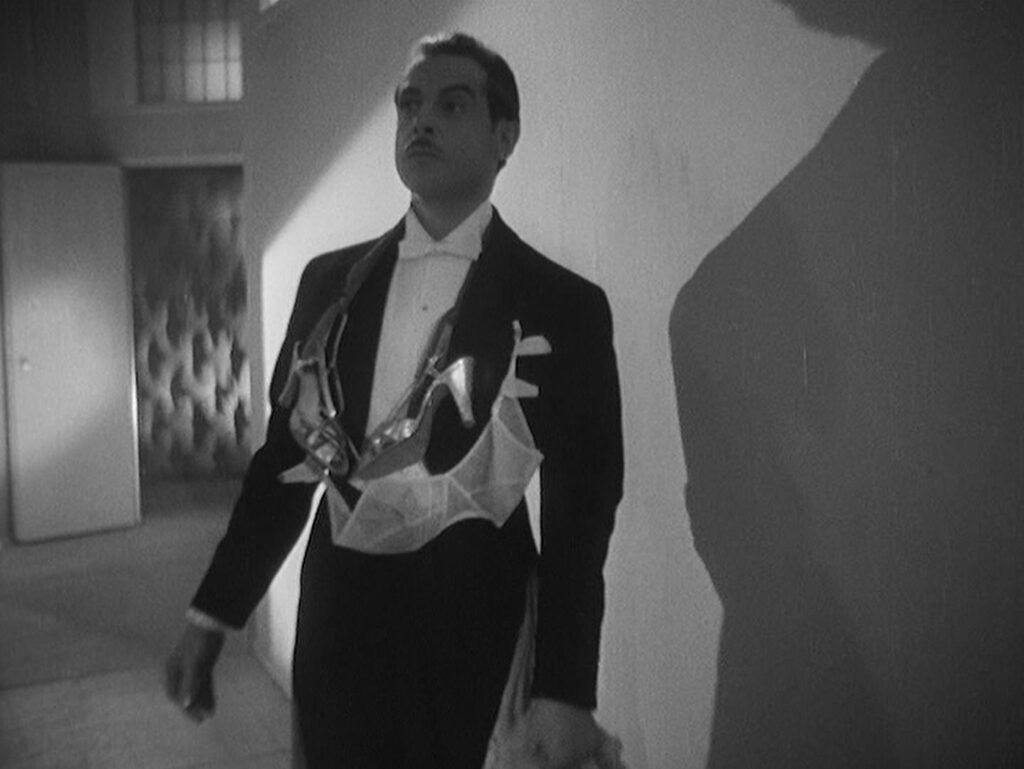
Irène is kidnapped again with the help of Nina and Boris, and taken to a psychiatric clinic run by Dr. Tellier, who is in league with Thalès and the Cadet. Denis asks a patient where to find “le cabinet du Dr. Tellier” (the office of Dr. Tellier). With its off-kilter white rooms and distorted shadow effects, the madhouse resembles an Expressionist set – a clear allusion to The Cabinet of Dr. Caligari, linking Dr. Tellier to Germany. The patient who thinks he’s a clock is a clue that we should read the patients’ room numbers as time markers. Denis checks through the 30s, as if looking for Peace in the recent past (the 1930s) and finding only insanity. Finally he finds Irène in the office and rescues her. There’s a romantic scene on the rooftop where Irène tells Denis to be patient because she still does not know a direct object: Peace, in other words, is still unattached.
6. Cavern of Illusions
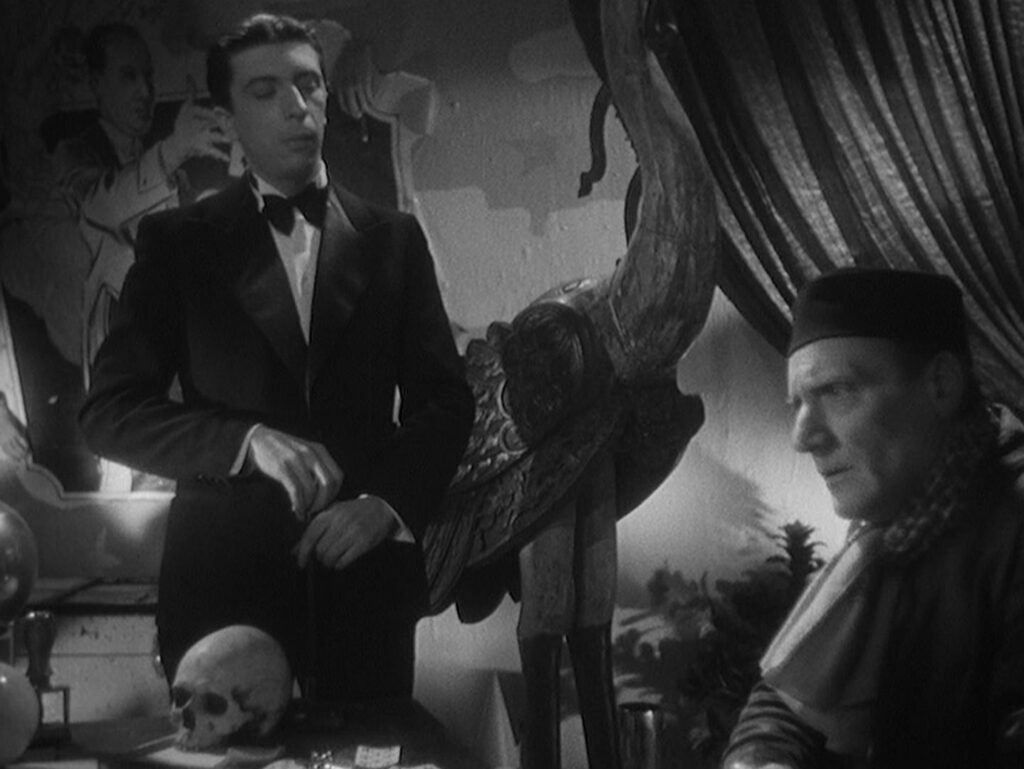
Denis meets Nina in Thalès’ nightclub, the Cavern of Illusions, where he confronts Thalès and learns the nature of the plot against Irène. When he finds Nina the men and women around her are frozen in place, and he mistakes them for mannequins, reinforcing Nina’s connection to Coco Chanel. Boris is still working for the conspirators, but after Thalès offends him he’s ready to switch sides and help Denis and Irène – as the Soviet Union switched sides after Germany invaded it. Denis drinks a drug despite Boris’s warning, and Thalès orders him carried back to the flower market, making a Nazi salute on their way out.
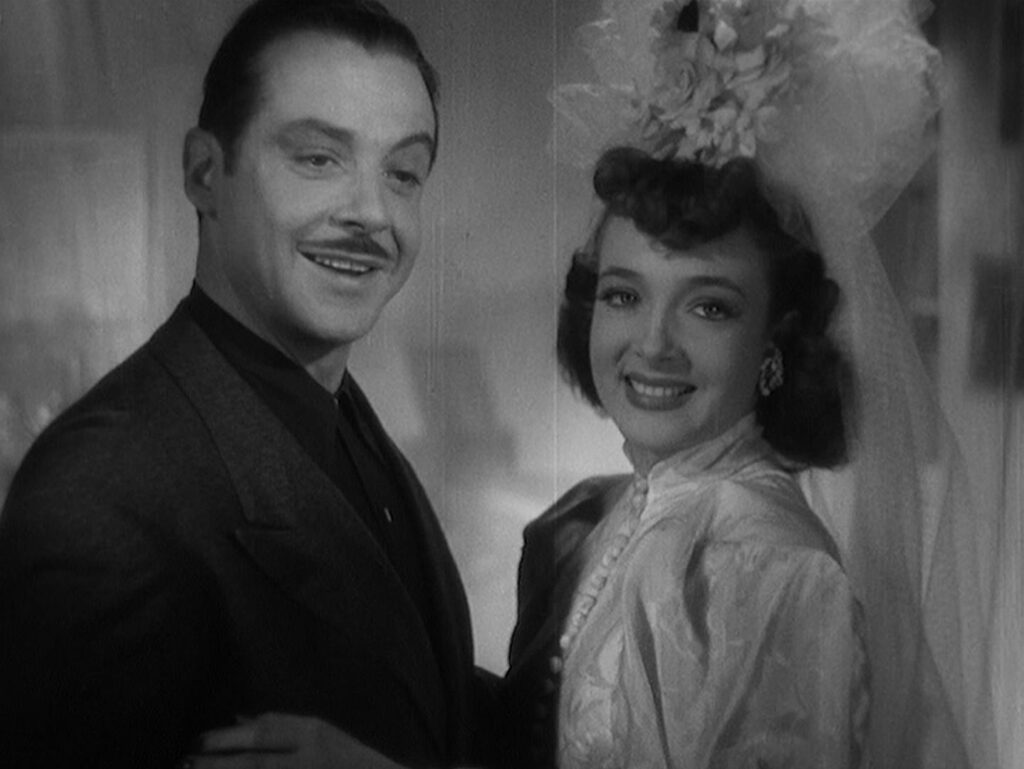
Upon waking up, Denis realizes that the whole adventure was not a dream after all. Irène is real, and at 9:00 pm on her 21st birthday she attains the age of consent and tells Denis she will marry him. With its happy ending La nuit fantastique dared to assure French audiences that they would find the peace they had been dreaming of – a peace on their own terms, freed from Nazi occupation. The message was hidden, and only some viewers would catch it, but that was unavoidable. However one major point was easy to understand. By asking people to imagine how courageously they might live if they happened to think, for a while, that they were dreaming, the movie planted a real potential for courage in its audience. Until his adventures begin Denis is a mere dreamer, too timid to take charge of his life, but when he believes he’s dreaming he displays genuine courage, and he’s rewarded for it. Similar rewards could come to a nation that dared to overthrow its invaders.
CONNECTIONS:
The Cabinet of Dr. Caligari – Expressionist psychiatric clinic; allusion to a doctor’s “cabinet”
Idiot’s Delight – Character named Irene who represents peace
The Hand of the Devil – Character named Irene who represents peace, and Denis who represents France
Lumière d’été – Character with alliterative name who stands for Coco Chanel
Juliette, or the Key of Dreams – Allegory of France; protagonist dreams of a woman in white